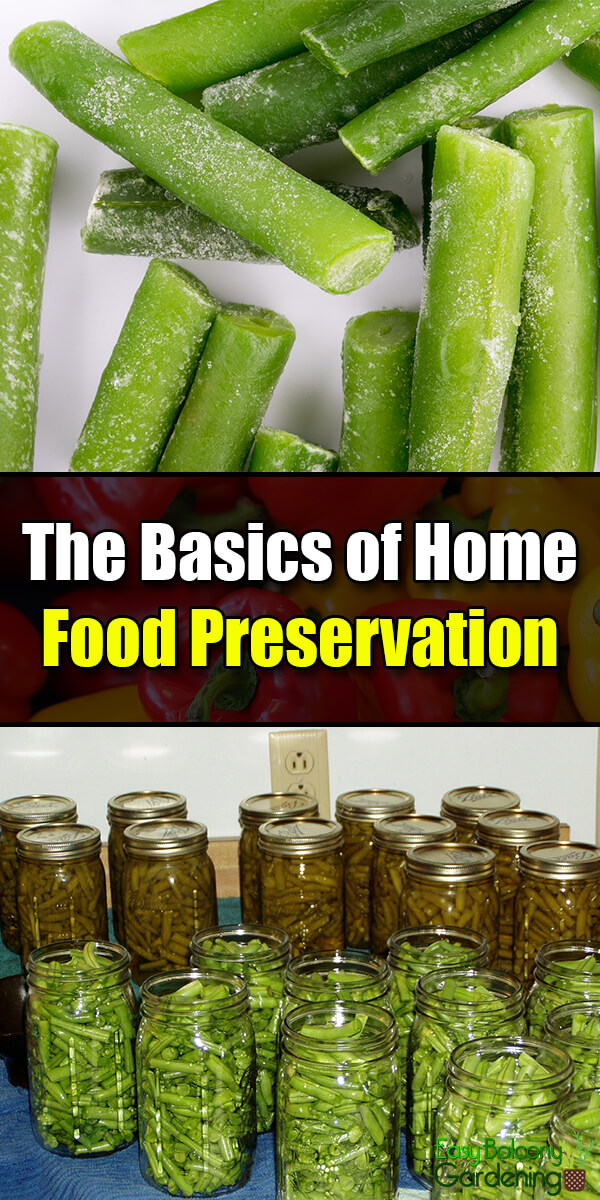Food preservation is one of the first technological advances discovered by man. When you have an abundant crop, food preservation is an excellent way to enjoy your harvest all year round and engage in unifying family projects.
Food Preservation Methods
- Food preservation is the process of taking edible products and, with the proper equipment, changing their physical and/or chemical properties so that they keep for extended periods of time.
- Some methods of food preservation are: pressurized canning, boiling water bath, freezing, dehydrating, pickling, smoking, and jellying.
- Each system of food preservation is important because different types of foods require distinct handling.
- Whatever method you use, always mark the food preservation date on your label.
Food Preservation and Pressure Canning
- In food preservation, pressurized cooking is the recommended method for low-acid foods like meat and vegetables. By canning them through a boiling water bath, you run the risk of botulism, a serious illness that can be fatal.
- Tomato products such as ketchup, salsa, sauces, and even stewed or crushed tomatoes that are great in soups or chilies are popular in food preservation.
- If you are using the pressure canning method, make certain that you have your pressure cooker tested before each canning season.
Food Preservation and Boiling Water Bath
- Canning by boiling water bath is recommended for high acid foods like fruits and tomatoes. You can also do jams, jellies, and marmalades.
- Use new canning lids and standard canning jars that have no nicks or cracks. Wash them in hot soapy water and boil them for 10 – 15 minutes before filling with your prepared products.
- When doing food preservation, you should keep your jars covered with up to 2″ of boiling water in your canner for proper sterilization. Have extra boiling water in hand as you may need to put more in the canner.
- You have the initial reward in your food preservation efforts when you hear the pop and see the indented lids on the cooling jars — your signs of correct seal!
Food Preservation and Freezing
- Vegetables, except for onions and peppers, should be blanched prior to freezing. Lower Your vegetables in boiling water and then in ice water for the same amount of time, about 1 – 5 minutes each. The length of time depends on the vegetable and the cuts.
- Do not blanch fruits.
- If you opt to freeze your produce, watch out for freezer burn. It can quickly set in if your product is left in the freezer too long.
- You can use your frozen vegetables for stir-fries and soups and your preserved fruits for smoothies, pies, and other desserts.
- Frozen or canned fruits can easily be made into fruit leather, a favorite by almost everyone!








